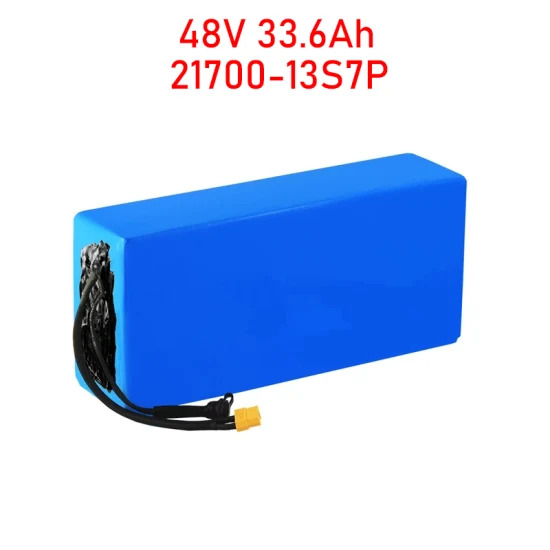Choosing the right power source is crucial for optimizing the performance and longevity of your electric bike. With the right batteries for ebikes, you can enjoy longer rides, better power efficiency, and enhanced safety. In this comprehensive guide, we'll delve into the various types of batteries available, their key features, and how to select the best one for your needs.
Types of Ebike Batteries
1. Lithium-Ion (Li-ion)
Advantages:
High Energy Density: Li-ion batteries offer more power in a smaller package, making them ideal for ebikes where weight and space are crucial.
Long Lifespan: These batteries have a longer cycle life compared to other types, meaning they can be charged and discharged many times before degrading.
Lightweight: Li-ion batteries are relatively light, which contributes to the overall efficiency and speed of the ebike.
2. Lithium Polymer (LiPo)
Advantages:
Flexible Form Factor: LiPo batteries can be molded into various shapes and sizes, providing flexibility in ebike design.
High Discharge Rate: They can deliver high power output quickly, which is beneficial for performance-oriented ebikes.
3. Nickel-Metal Hydride (NiMH)
Advantages:
Environmentally Friendly: NiMH batteries are less toxic and easier to recycle compared to other types.
Moderate Energy Density: They offer a good balance between capacity and weight.
4. Lead-Acid
Advantages:
Cost-Effective: Lead-acid batteries are the cheapest option available.
Durable: They are robust and can handle harsh conditions.
Key Factors to Consider When Choosing Ebike Batteries
Capacity (Wh)
The capacity of a battery, measured in watt-hours (Wh), determines how far you can ride on a single charge. A higher capacity means longer range. For daily commuting, a battery with at least 400-500 Wh is recommended.
Voltage (V)
The voltage of a battery affects the power output and speed of the ebike. Common voltages are 36V and 48V. Ensure that the battery voltage matches the requirements of your ebike motor.
Ampere Hours (Ah)
Ampere hours indicate the battery's capacity in terms of current supply over time. Higher Ah means the battery can deliver current for a longer period. This is particularly important for long rides or hilly terrains.
Battery Management System (BMS)
A good BMS is essential for maintaining battery health. It protects against overcharging, overheating, and short circuits, ensuring the longevity and safety of the battery.
Weight and Size
Consider the weight and size of the battery, especially if you need to carry it or if your ebike has limited space. Lighter and more compact batteries are generally preferable for performance and convenience.
Brand and Warranty
Opt for reputable brands that offer warranties and good customer support. This ensures you get a quality product and have recourse in case of any issues.
Practical Tips for Maximizing Battery Life
- Regular Charging: Avoid letting the battery completely drain. Charge it regularly to maintain its health.
- Proper Storage: Store the battery in a cool, dry place, especially if not in use for extended periods.
- Clean Connections: Keep the battery terminals clean to ensure a good connection and prevent corrosion.
- Avoid Extreme Temperatures: Both high and low temperatures can negatively affect battery performance and lifespan.
Choosing the right battery for your ebike involves understanding the different types available, their key features, and how they match your specific needs. By considering factors like capacity, voltage, and brand reputation, you can make an informed decision that enhances your riding experience. Remember to follow proper maintenance practices to extend the lifespan of your battery and ensure safe, efficient operation. Whether you're a daily commuter or a weekend adventurer, the right ebike battery can make all the difference in your ride.





Comments